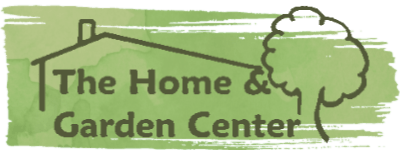To Rake, Or Not To Rake

I look for the easiest way to do things when possible and now that the leaves are falling that applies to raking leaves. I got on Google and began to search articles for the best practice of leaf disposal. I found 3 trains of thought and no definite answer.
So here is the Readers Digest abridged version of my 30 minutes of Google Surfing.
Raking theory – you must remove the leaves off your lawn to prevent smothering your grass, preventing disease and slowing down new grass growth in the spring. Raking is your only option. The leaves are usually bagged and sent to the landfill.
Leaf mulching theory – don’t rake your leaves, mulch them with your lawn mower. This allows the smaller pieces of leaves to act as future fertilizer for your lawn. However, you can’t wait until your trees have dumped all of their leaves on your lawn. This method works best when you mulch weekly until all fallen leaves have been mulched. This method does not require any bagging of leaves.
Pollinator theory – leave the leaves where they fall. Leaves are home to many of next year’s butterflies and moths. They will hatch from their pupae stage which is attached to the leaves. The fallen layer of leaves also helps protect toads, salamanders and other beneficial creatures and insects during the winter. This layer also prevents weed growth in your lawn during the winter. They did not address how or when to remove the leaves once spring arrived.
To each his own, but my decision is to mulch the leaves into my lawn. I don’t like raking and I do not want to add bags of leaves to the landfills. I also hope that the leaves in the woods and pastures around me have an abundance of butterfly and moth pupae on them to make up for the leaves I shredded.


